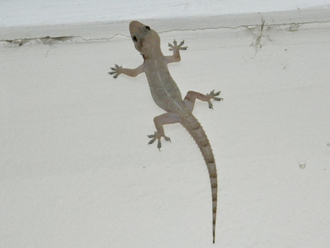In a three-day trip rich in photo opportunities, United States President Barack Obama is visiting Alaska to highlight the effect humans are having on the environment and to send a clear message that there is little time left to counter the debilitating effects of climate change. Against a backdrop of a melting glacier, Obama used the polar pulpit to offer a soundbite that now is the time to act to prevent catastrophic climate change as a result of global warming. The Exit glacier behind him has retreated more than three kilometres in the seven years he has been in the White House.
The presidential trip to the 50th state has neither included any new policy prescriptions of changes to federal rules that may deter carbon emissions, nor offered tax credits for those who take measures to act environmentally responsibly. He did not even propose new limits to emissions of greenhouse gases. But what the trip has done is to set the stage for a global conference on climate change that is due to convene in Paris in December. There, after the baby steps of similar gatherings in Kyoto, Rio de Janeiro and Copenhagen, governments must commit to real climate change efforts lest irreversible damage be done. Obama has said the US is doing its part by pledging to cut carbon dioxide emissions up to 28 per cent over the next decade — but the coal, steel and manufacturing sectors in America are still vehemently opposed to real cuts. Despite Obama’s efforts, the US is not a shining example when it comes to greenhouse gases. Each American emits more than twice as much carbon dioxide as a Chinese and ten times that of someone from India, US Energy Department figures show. China, the US and India are the world’s top three polluters.
With a year left in his mandate and coming off spectacular diplomatic successes in bringing about a thaw in relations with Cuba and brokering a deal on Iran’s nuclear programme, Obama can leave an enduring legacy by championing the environment — not just during a photo op.








